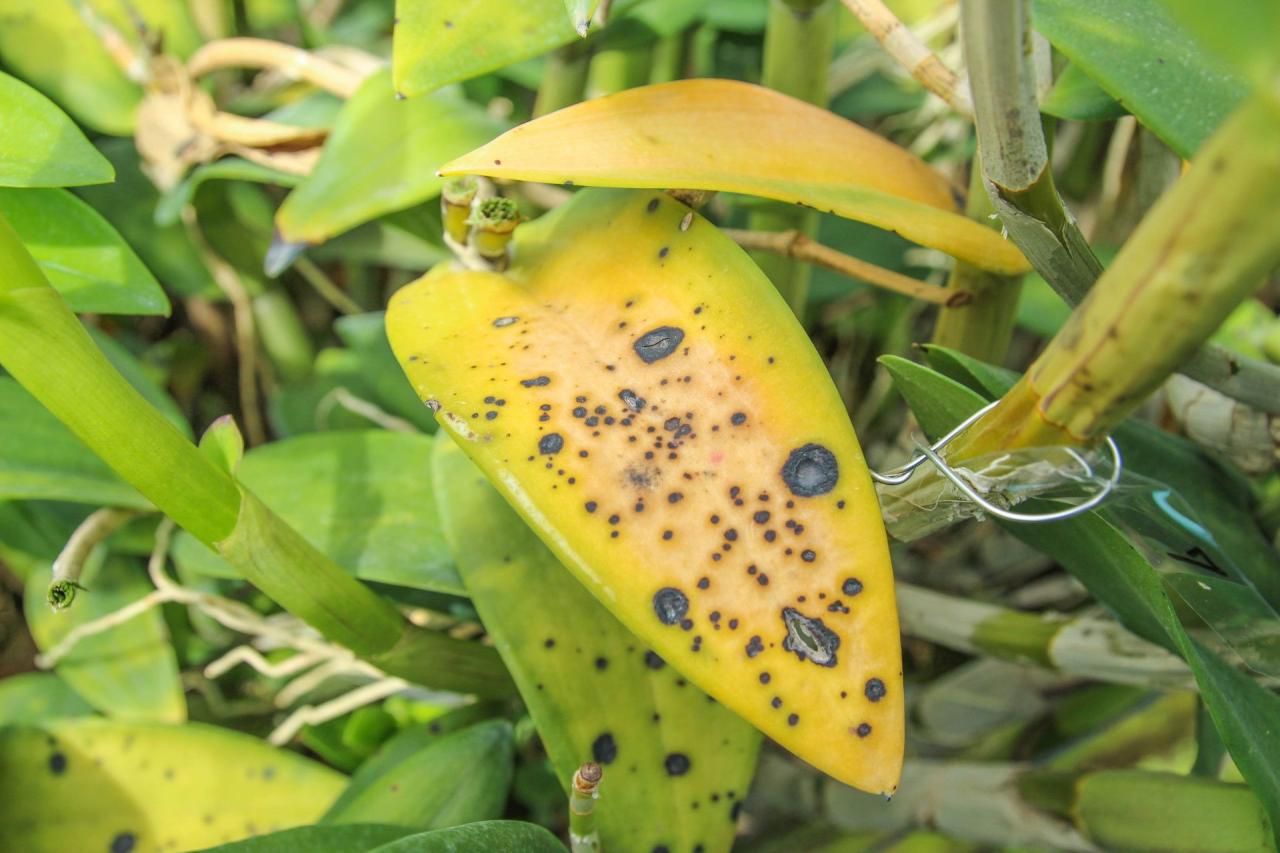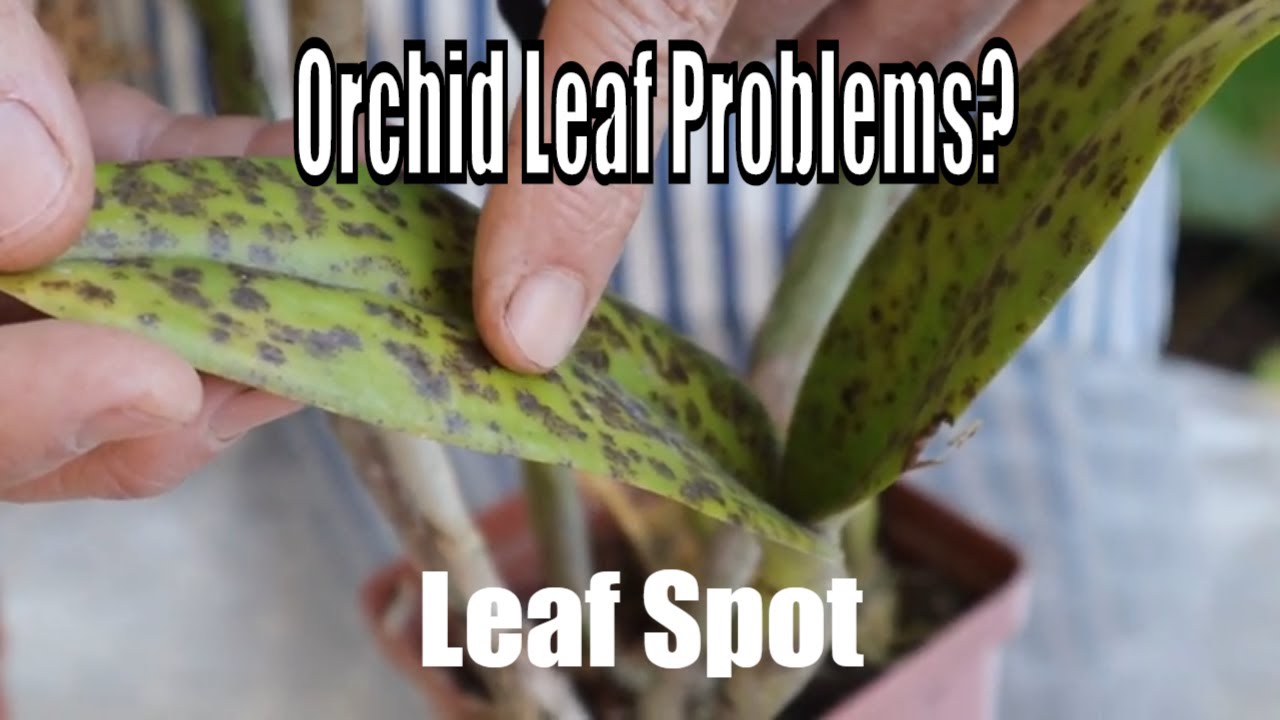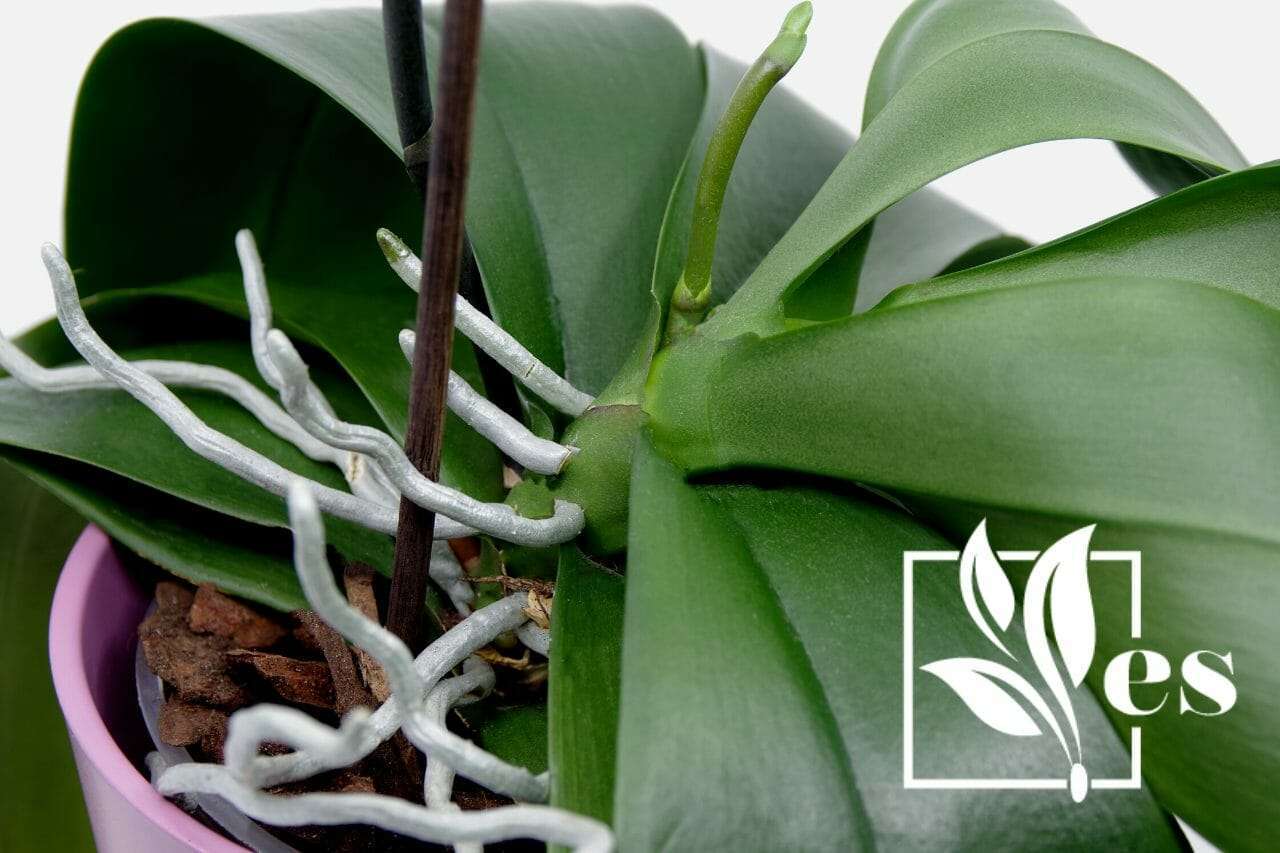Orchid Leaves Turn White – Orchids are among the most beautiful and exotic plants, captivating many with their stunning flowers and unique foliage. However, if you’re an orchid enthusiast, you may encounter an alarming issue: orchid leaves turning white. This phenomenon can be a sign of several underlying problems, ranging from environmental stresses to pest infestations. In this blog post, we will explore the causes of white orchid leaves, the treatments you can apply, and how to prevent this issue from occurring in the future.
Understanding the Problem: Why Orchid Leaves Turn White
When orchid leaves begin to turn white, it can indicate various problems. Understanding these issues is crucial for taking effective corrective measures. The following are common causes:
1. Sunburn

Excessive direct sunlight can scorch orchid leaves, causing them to turn white or yellow. Most orchids thrive in bright, indirect light rather than direct sunlight. If your orchid is positioned near a window where it receives intense sunlight, you may need to relocate it.
2. Powdery Mildew
White patches on leaves could indicate powdery mildew, a fungal infection that thrives in humid conditions. This disease can spread quickly and may require immediate attention to prevent further damage to your orchid.
3. Nutrient Deficiency
A lack of essential nutrients can lead to discoloration of leaves, including a white appearance. Orchids require specific nutrients, such as nitrogen, phosphorus, and potassium. Without adequate fertilization, your orchid may suffer from leaf discoloration.
4. Pest Infestation
Certain pests, such as spider mites and mealybugs, can cause leaf discoloration. These pests often create a waxy coating on leaves, leading to a white appearance. Regular inspection of your plants can help identify and treat infestations early.
5. Overwatering or Underwatering
Improper watering practices can lead to stress, causing leaves to turn white. Overwatering can result in root rot, while underwatering can deprive the plant of necessary moisture. It’s essential to establish a consistent watering schedule tailored to your orchid’s needs.
Identifying Symptoms: Signs Beyond Just White Leaves: Orchid Leaves Turn White
In addition to white leaves, other symptoms may accompany this issue. Identifying these can help you take appropriate action. Here’s a table summarizing common symptoms:
| Symptom | Possible Cause |
|---|---|
| Yellowing Leaves | Overwatering, Nutrient Deficiency |
| Browning Leaf Tips | Underwatering, High Salinity |
| Wilting Leaves | Underwatering, Disease |
| Sticky Residue | Pest Infestation |
| White, Powdery Spots | Powdery Mildew |
Treatment: How to Restore Your Orchid’s Health
Once you identify the cause of your orchid leaves turning white, you can take effective measures to restore their health:
1. Adjust Lighting Conditions

If sunburn is the issue, move your orchid to a location with filtered or indirect light. Consider using sheer curtains to diffuse strong sunlight.
2. Manage Humidity and Airflow
For powdery mildew, increase airflow around your plants and reduce humidity levels. Avoid watering in the evening to minimize moisture accumulation on leaves.
3. Fertilize Appropriately
Use a balanced orchid fertilizer to provide the necessary nutrients. Follow package instructions for dosage and frequency. Generally, fertilizing every two to four weeks during the growing season is recommended.
4. Treat Pest Infestations
Apply insecticidal soap or neem oil to combat pests. Ensure you spray the undersides of leaves, where pests often hide. Reapply as necessary until the infestation is under control.
5. Optimize Watering Practices
Check the moisture level in the potting media before watering. Allow the media to dry slightly between waterings, as orchids prefer to be on the drier side. This practice can prevent root rot and promote healthy growth.
Note: Always remember to use clean tools and avoid cross-contamination when treating your orchids to prevent the spread of diseases.
Preventing White Leaves: Best Practices for Orchid Care
Prevention is always better than cure. Here are some best practices to keep your orchids healthy and vibrant:
1. Proper Lighting
Ensure your orchids receive appropriate lighting without direct exposure to harsh sunlight. A spot near an east or west-facing window is often ideal.
2. Regular Monitoring
Check your orchids regularly for signs of stress, such as discoloration, pests, or mold. Early detection can save your plants from significant damage.
3. Ideal Humidity Levels
Orchids thrive in humidity levels between 40% to 60%. If your environment is too dry, consider using a humidifier or pebble trays filled with water to maintain humidity.
4. Consistent Feeding Schedule, Orchid Leaves Turn White
Follow a fertilization schedule that meets the specific needs of your orchid species. Remember that different orchids may have varying requirements.
5. Watering Wisely
Learn to gauge when your orchids need water. This could involve sticking your finger in the potting media to check moisture levels or using a moisture meter for more precision.
In conclusion, orchid leaves turning white can be distressing, but understanding the causes and taking timely action can restore your plants to health. By implementing proper care techniques and regular monitoring, you can prevent this issue and enjoy your orchids’ beauty for years to come. Happy gardening! 🌸
